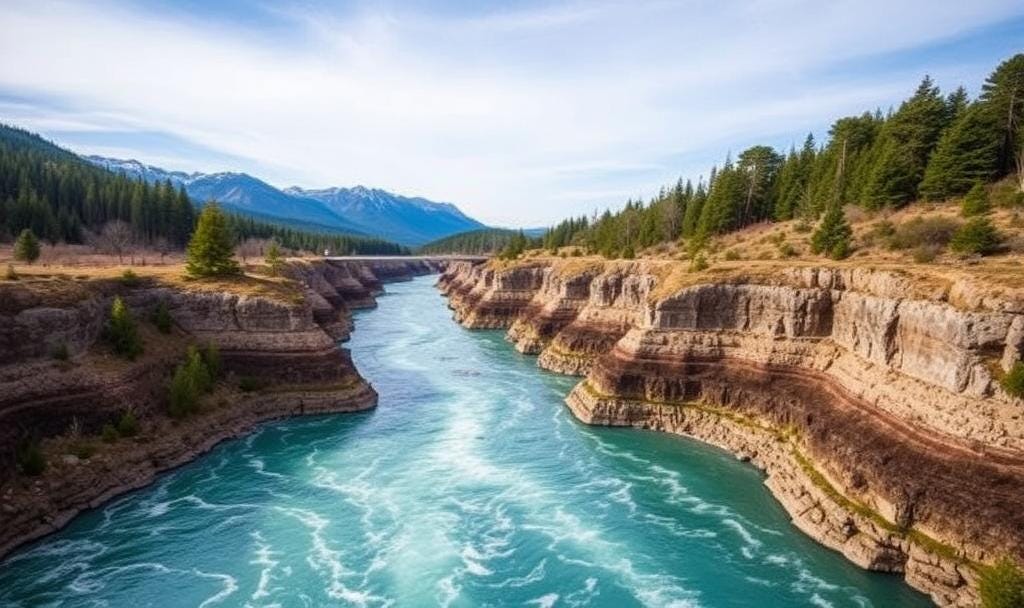Bolivia inaugurated its largest hydropower station;Earth’s “vital signs” are flashing red;Water crisis worsened in the Russia-annexed Donbas;Global water data science launched citizen science tools
Latest developments in Water Resource Engineering and Development
If you’re enjoying the articles in this newsletter, we’d be grateful for your support. You can contribute by making a donation, submitting your own …


